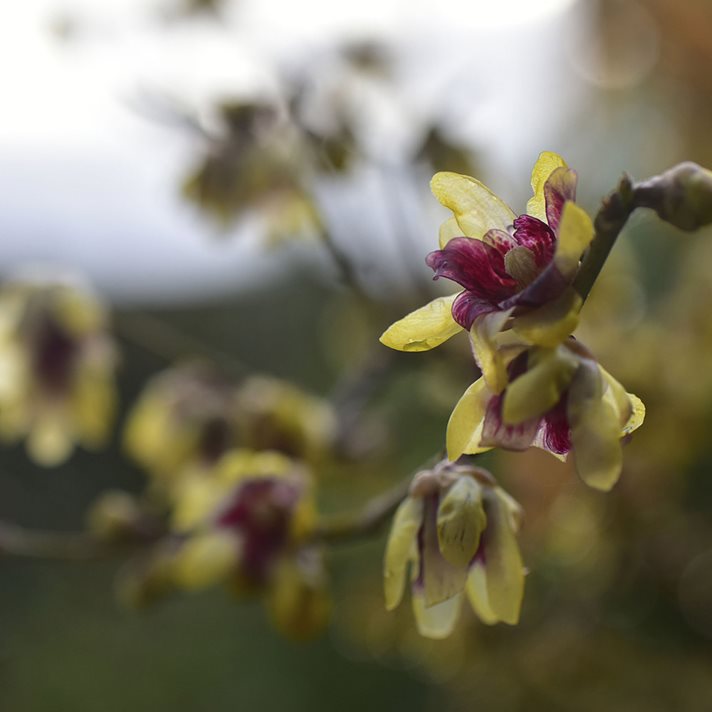Dealing with Honey Fungus

As dutiful gardeners we keep our plants healthy by checking for pests and diseases, but how do you keep them safe from problems you can’t see? Honey Fungus, Armillaria, is one such hidden concern. It is the most destructive fungus in the UK and many gardeners will turn white at the mere mention of it, but should we be terrified of this silent killer?
There are 7 types of Honey Fungus in Britain, 3 of which are found in gardens. Most pathogenic is
Armillaria mellea.
A. ostoyae and
A. gallica less-so. Vast colonies of rhizomorphs, unseen underground, network through the soil, making it the planets largest organism. With the ability to travel up to 1 metre per year it is easy to see how it has spread.
In the wild, it rarely causes problems as other fungi add competition and keep it in check. In gardens it has managed to gain the upper hand, causing the death of many garden stalwarts such as lilac, viburnum and privet, attacking and killing off the root systems, especially mature specimens. In 2019 and 2020 Honey Fungus was the RHS most enquired about garden disease so it is definitely a problem that is troubling gardeners. I’m seeing more signs of it in my client’s gardens in Horsell too.
Often the initial signs of branch die-back (especially in hot weather), pale foliage or lack of flowering are discounted as other causes. Not having signs of the mushrooms, themselves, does not mean it is not within your soil. These only appear after the rhizomorphs have been active for a few years, often after the death of a plant. It is at this point those gardeners might go looking for the characteristic black bootlaces in the soil. Unfortunately, the mushrooms don’t determine which strain of Honey Fungus you have, nor do they increase the spread as the spores play no part in its lifecycle.
If you are certain the Honey Fungus has already taken hold, then all is not lost. Whilst there are no chemicals available for its control, the infected roots and stump material should be destroyed. A physical barrier such as a butyl liner or removal of the infected soil can help to stop the fungus spreading further. Any new plant acquisitions can be chosen from a long list of less susceptible species such as
Calycanthus,
Chimonanthus and
Salvia. Adding beneficial Mycorrhizal fungi, which naturally occurs in the soil, to the planting holes of new plants will mean the symbiotic relationship they have can begin instantly. These microscopic organisms’ partner with the root systems of around 95 percent of the plants on Earth to form a secondary root system for the plant which absorbs water and nutrients from the soil. The Mycorrhizal fungi will also act as competition for the Honey Fungus reducing its vigour.
The most important thing you can do is to grow your plants as healthily as you can by ensuring they have sufficient water, nutrients, drainage and are free of pests. Healthy plants are less open to attack, especially by the lesser strains of
Armillaria gallica. Planting too deeply and soils with stagnant water are more susceptible to Honey Fungus, as are plants with mulches piled against the woody stems. Mulching with woodchip or bark chip may also increase the risk slightly, so opting for compost or gravel may prove safer choices. Ultimately it is perfectly possible to have a beautiful garden that has come out of the destruction of Honey Fungus.